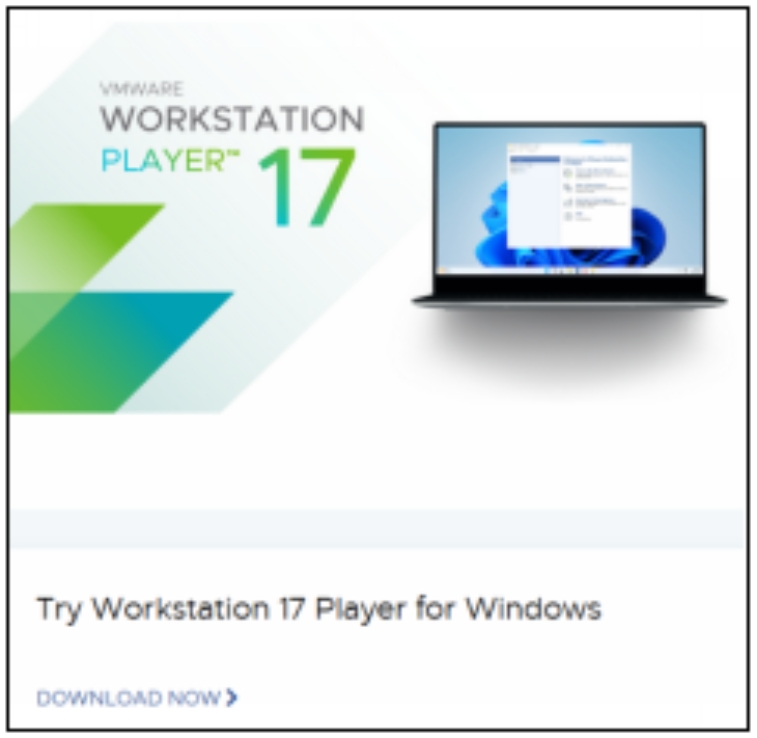Install VMware Player & Kali Linux
First, we will install VMWare player and Kali Linux. Installing Kali on VMware is pretty simple as Kali.org provides a VMware image that you can download, so we will not spend a lot of time on this. Check the VMWare Player website for the latest install instructions.
1. Download and install VMware Player for your OS version
VMWare player versions and even the download location seem to change frequently. At the time of this writing the current version of VMWare Player is “VMWare Workstation 17 Player” which can be run as either the free player for non-commercial usage or via license.

2. Choose where you want it to install it, the default is normally fine.
3. Follow...



